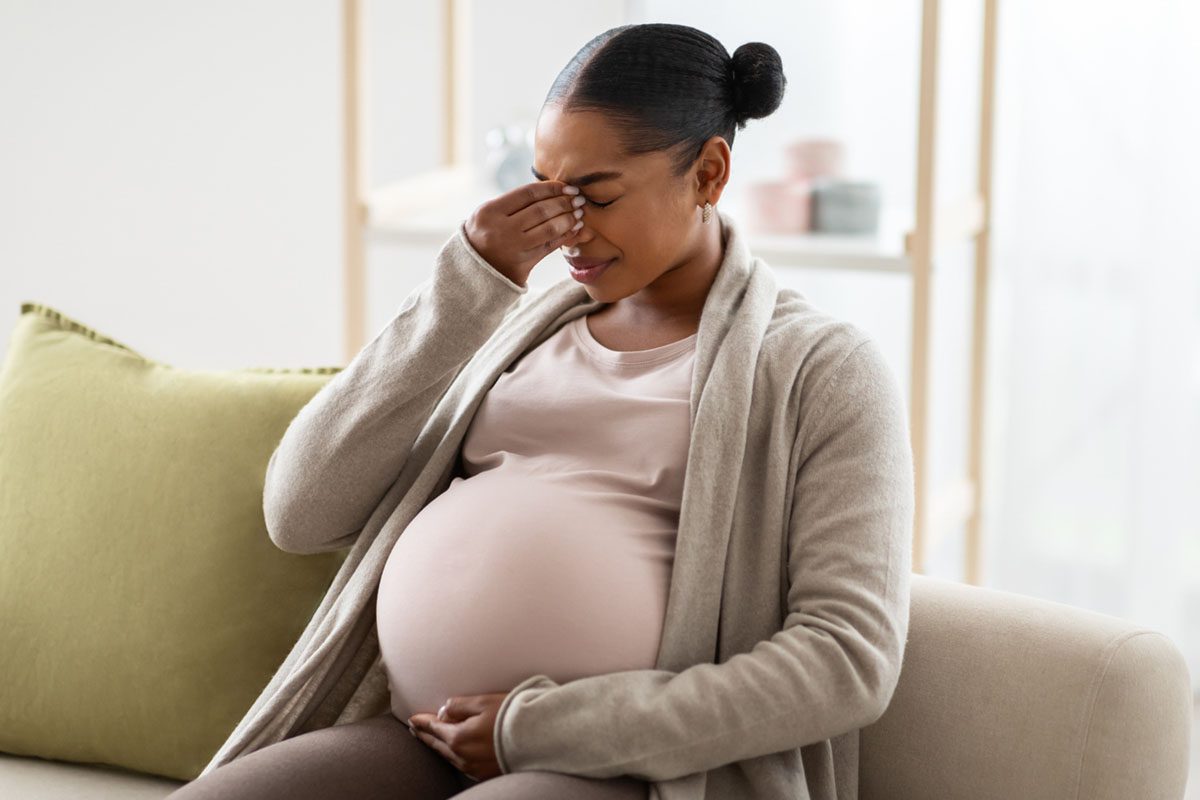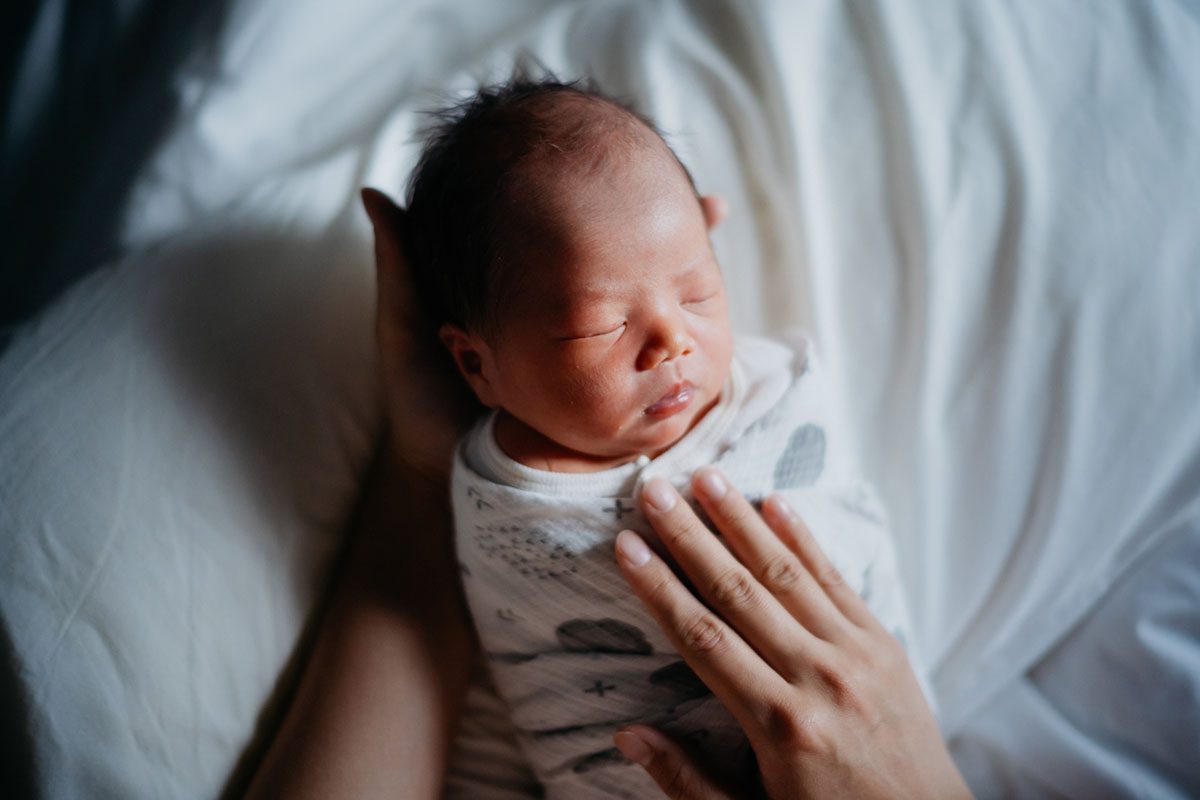Objective: The purpose of this study was to conduct a randomized trial comparing the efficacy of a group cognitive-behavioral therapy (CBT) intervention designed for the treatment of compulsive buying disorder to a waiting list control (WLC) group.
Method: Thirty-one patients with compulsive buying problems according to the criteria developed by McElroy et al. were assigned to receive active treatment (12 weekly sessions and 6-month follow-up) and 29 to the WLC group. The treatment was specifically aimed at interrupting and controlling the problematic buying behavior, establishing healthy purchasing patterns, restructuring maladaptive thoughts and negative feelings associated with shopping and buying, and developing healthy coping skills. Primary outcome measures were the Compulsive Buying Scale (CBS), the Yale-Brown Obsessive Compulsive Scale-Shopping Version (YBOCS-SV), and the German Compulsive Buying Scale (G-CBS). Secondary outcome measures were the Symptom Checklist-90-Revised (SCL-90-R), the Barratt Impulsiveness Scale (BIS-11), and the Saving Inventory-Revised (SI-R). The study was completed between November 2003 and May 2007 at the University Hospital of Erlangen, Bavaria, Germany.
Results: Multivariate analysis revealed significant differences between the CBT and the WLC groups on the primary outcome variables (outcome-by-time-by-group effect, Pillai’s trace, F=6.960, df=1, p=.002). The improvement was maintained during the 6-month follow-up. The treatment did not affect other psychopathology, e.g., compulsive hoarding, impulsivity, or SCL-90-R scores. We found that lower numbers of visited group therapy sessions and higher pretreatment hoarding traits as measured with the SI-R total score were significant predictors for nonresponse.
Conclusion: The results suggest that a disorder-specific cognitive-behavioral intervention can significantly impact compulsive buying behavior.
Trial Registration: isrctn.org Identifier: ISRCTN38444899
Please sign in or purchase this PDF for $40.00.




